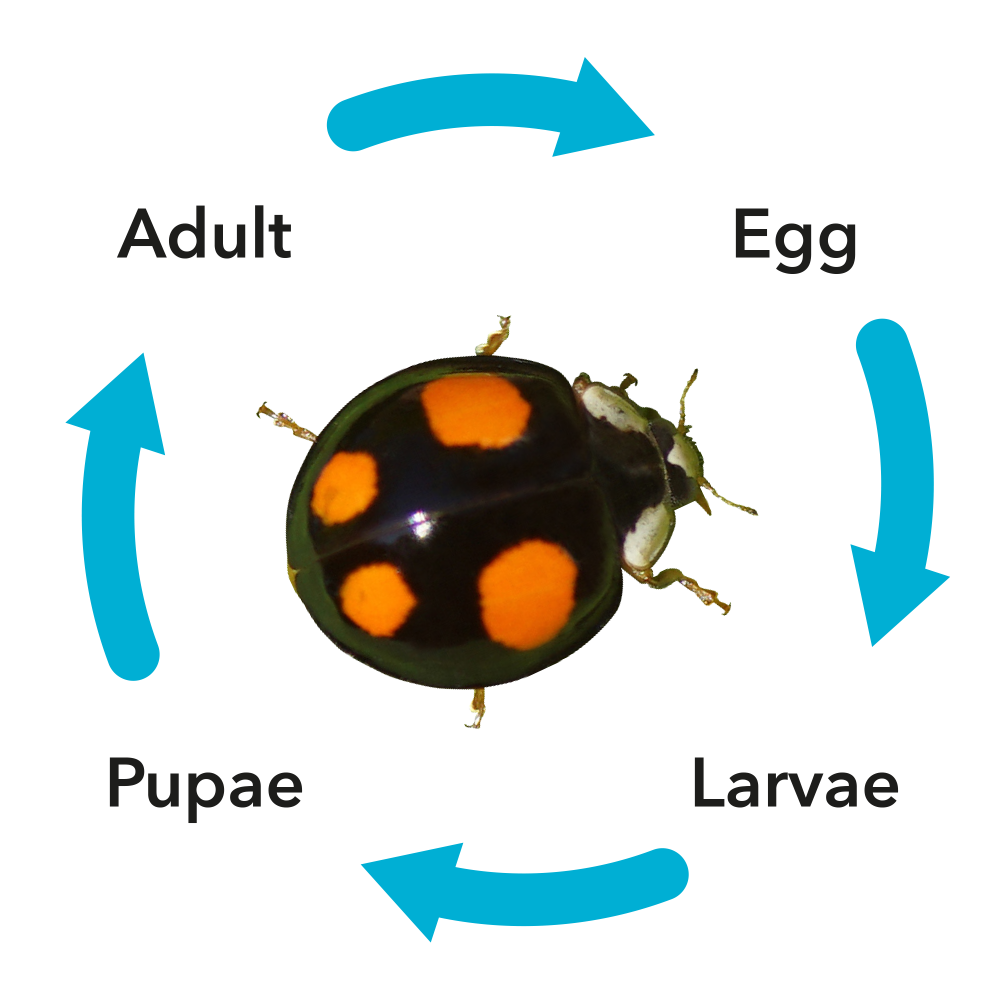Ladybird Invasion 2025: Why the UK is Crawling with Harlequin Ladybirds (and What You Can Do About It)
If you’ve noticed a sudden increase in calls related to swarms of ladybirds clustering in homes week, you’re not imagining it. The UK is smack in the middle of another Harlequin ladybird outbreak — and these little invaders aren’t your average cute, storybook bugs.
Meet the Harlequin Ladybird: The Uninvited Guest from Asia
Originally from Asia, the Harlequin ladybird (Harmonia axyridis) was first introduced to the UK as a natural way to control aphids — the pesky sap-suckers that plague our orchards and gardens. Sounds like a good idea, right? Except… they got a little too comfortable.
Now, they’ve spread across the country faster than you can say “bug-off,” munching on aphids, mealybugs, scales. Yep, these beetles are apex predators in tiny polka-dot coats and after such a warm summer with the aphid population increasing, this means there has been more food for the ladybirds to eat.
Why You’re Seeing Them Now
Autumn is when Harlequin ladybirds start hunting for cozy spots to overwinter. Warm homes, sunny windows, loft spaces — they’re all fair game. These beetles are basically looking for a rent-free AirBnB until spring.
They love south or southwest-facing walls (the sunnier, the better), and they often return to the same homes each year, likely from pheromones being left behind giving a calling card to come back the next year.
The Problem? They’re Not as Harmless as They Look
While Harlequin ladybirds don’t breed indoors or spread disease, they do present issues for customers as they can:
-
Bite (yes, you read that right but though this only happens rarely)
-
Smell bad when disturbed (a defensive chemical they release)
-
Stain walls and fabrics with a yellowish secretion which can be difficult to remove.
Not exactly the kind of guest people want hanging around in their homes and offices.
What You Can Do
Here’s the no-nonsense guide to keeping your space ladybird-free:
-
Vacuum them up – The quickest, cleanest way to remove large quantities of them. Just remember to empty the bag afterwards.
-
Seal the gaps – Focus on cracks, vents, and window frames. Stopping them from getting in will help reduce numbers 0
-
Use a residual spray – Insecticides don’t reach deep wall cavities where they like to cluster so prevention to stop them coming inside in the first place is a better approach. However, it would be useful to leave a residual spray on the surface such as window frames so that when they crawl across the surface they are killed.
Facts about this species
-
Adults live for 2–3 years and can have multiple generations per year.
-
Females lay clumps of 20 eggs on the undersides of leaves.
-
Their larvae are black, spiky, and orange-spotted.
-
The white “M” mark is a way to recognise some of them. Their pattern is highly variable and so this is one of the clues but also look for brown-orange legs and a mixture of patterns in the cluster.

Here you can see the ladybird larvae, the orange brown legs and the variety of patterns. Most common are the black ones with 2-4 orange spots and the orange ones with 15 black spots.
Final Thought
Harlequin ladybirds are actually one of the UK’s most invasive insects — and their current outburst is a reminder of how quickly nature can tip out of balance when species travel too far from home.
So, if your house looks like a ladybird hostel this autumn, don’t panic — just stay calm, seal up, and vacuum on.
10/10/2025
|
Categories: Insects
